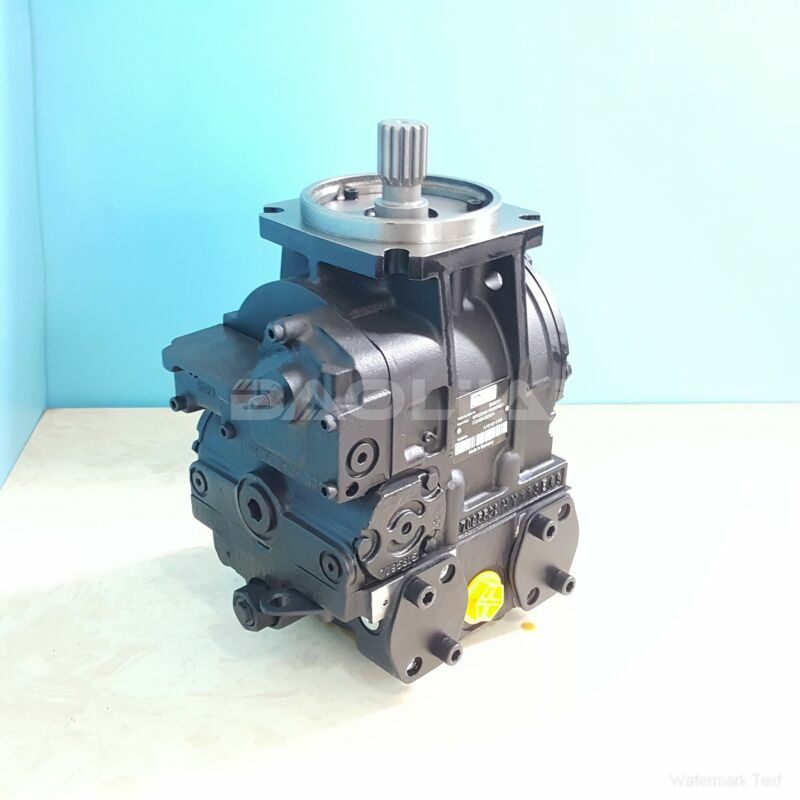90L055HF1CD80P4S1C03GBA202024 piston pump
90L055HF1CD80P4S1C03GBA202024 piston pump

- Product Details
- Applicable Scene
In the modern industrial landscape, automated packaging and handling systems have become increasingly vital for improving efficiency and ensuring product integrity. One of the key components that play a critical role in the operation of these systems is the hydraulic oil pump. Designing effective hydraulic oil pumps tailored for automated packaging and handling systems requires an understanding of the specific requirements and challenges presented by such applications.
90-L-055-HF-1-CD-80-P-4-S1-C-03-GBA-20-20-24
90L055HF1CD80P4S1C03GBA202024
Hydraulic systems rely on fluid power to transmit force and perform work, making them essential for heavy lifting, precise positioning, and high-speed operations in packaging and handling. When designing hydraulic oil pumps for these systems, several factors must be considered, including pump type, flow rate, efficiency, durability, and responsiveness.

83019551
A fundamental decision in the design process is selecting the appropriate type of hydraulic pump. Common types include gear pumps, vane pumps, and piston pumps, each with distinct advantages. Gear pumps are known for their simplicity and reliability, making them suitable for applications with a constant flow requirement. Vane pumps offer a flexible design that accommodates varying pressure conditions, while piston pumps are ideal for high-pressure applications but may require more complex control mechanisms.
Flow rate is another critical parameter that influences the design of hydraulic oil pumps. Automated packaging systems often operate at variable speeds and require pumps capable of delivering specific flow rates on demand. Designers must account for the dynamic nature of these systems, ensuring that pumps can adjust to fluctuations in operational requirements without compromising performance. Variable displacement pumps or electronically controlled pumps can be effective solutions for meeting these needs.
Efficiency plays a significant role in the selection and design of hydraulic oil pumps. In an era where energy consumption and sustainability are paramount, it is essential to minimize energy losses during operation. Designers should focus on optimizing pump geometries, selecting high-quality materials, and incorporating advanced sealing technologies to enhance efficiency. Regular maintenance protocols and filtration systems can also help maintain the integrity of the hydraulic fluid and extend the lifespan of the pump.





